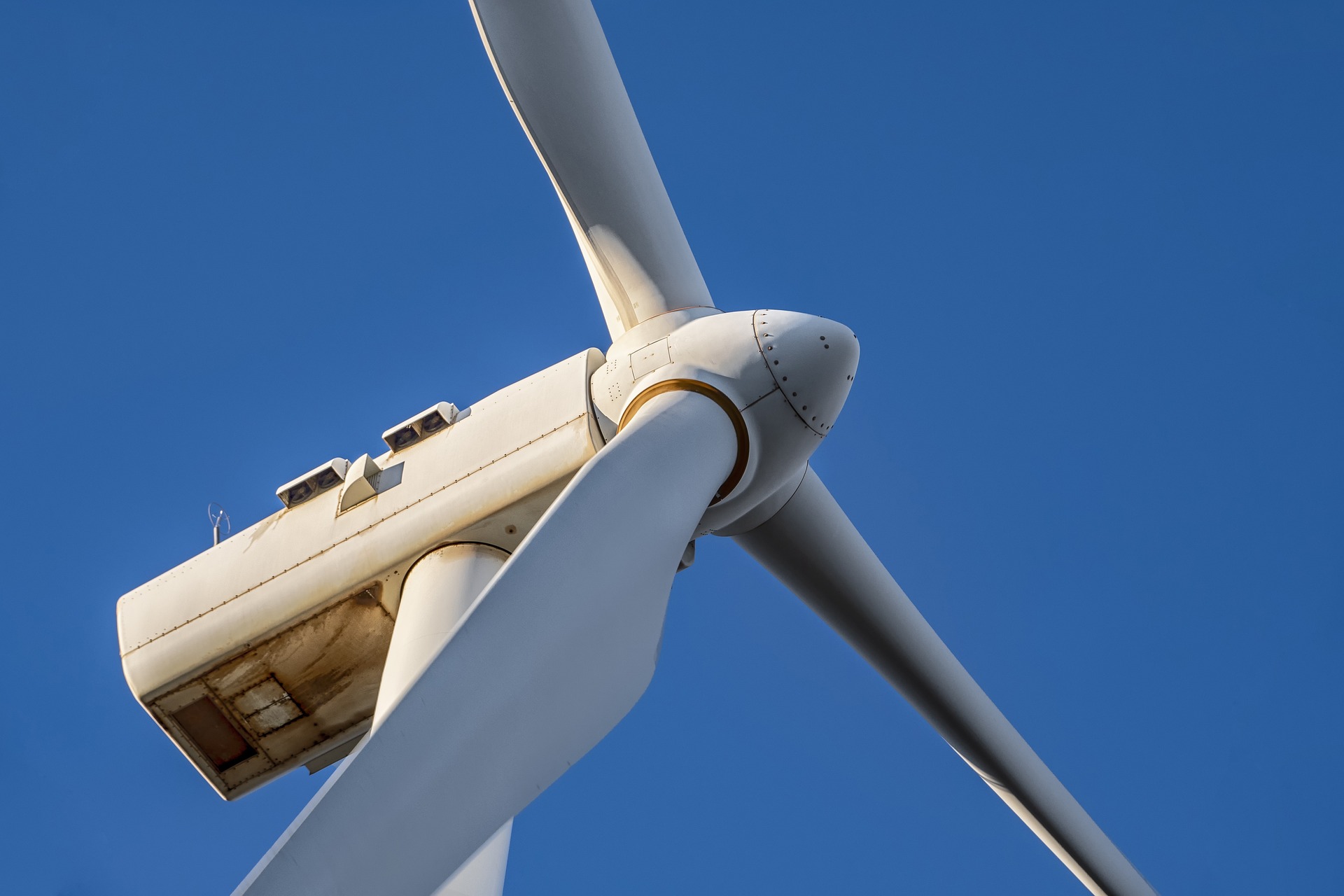Discover how to become a Wind Turbine technician
Becoming a wind turbine technician is a promising career path in the renewable energy sector. These professionals play a critical role in maintaining and repairing wind turbines, ensuring their efficiency and reliability. If you’re interested in combining technical skills with environmental impact, this article will guide you through the training, job opportunities, and what it takes to succeed in this field.
What Does a Wind Turbine Technician Do?
Wind turbine technicians, also known as wind techs, are responsible for the upkeep and repair of wind turbines. Their work includes diagnosing mechanical and electrical issues, conducting routine maintenance, and replacing faulty components.
Technicians often work at heights, climbing turbine towers to perform inspections and repairs. The role also involves working with specialized tools, understanding safety protocols, and sometimes responding to emergencies during off-hours.
With wind energy expanding globally, the demand for skilled technicians continues to rise. This job not only offers a stable income but also contributes to a greener future by supporting renewable energy infrastructure.
Steps to Becoming a Wind Turbine Technician
To pursue a career as a wind turbine technician, you’ll need proper training and education. The first step is completing a high school diploma or equivalent, focusing on subjects like math, physics, and electronics.
Enrolling in a wind turbine technician program is essential. These programs, typically offered by community colleges or technical schools, combine classroom instruction with hands-on training. You’ll learn about electrical systems, hydraulics, and safety procedures specific to wind turbines.
Most programs also include internships, giving students real-world experience. After completing the program, obtaining certifications, such as the Global Wind Organization (GWO) safety certification, can boost your employability. Many employers prefer candidates with certification in areas like working at heights and first aid.
Job Opportunities and Career Prospects
The wind energy sector is thriving, creating numerous job opportunities for technicians. The U.S. Bureau of Labor Statistics projects a significant growth rate for this role, making it one of the fastest-growing professions in the country.
As a wind turbine technician, you can work for energy companies, turbine manufacturers, or independent service providers. Jobs are available in both rural and coastal areas where wind farms are typically located.
Salary prospects are competitive, with the median annual wage in the U.S. surpassing $56,000. Experienced technicians or those with specialized skills can earn even more. Moreover, career advancement opportunities exist, such as becoming a site manager or transitioning into renewable energy consulting.
Wind Turbine Technician Training Programs Worldwide
Training programs for wind turbine technicians are available globally. Institutions like the Ecotech Institute in Colorado and the Renewable Energy Training Program in Canada are renowned for their comprehensive curriculums.
In Europe, Denmark and Germany lead the way with advanced training facilities due to their pioneering role in wind energy. Countries like India and China are also establishing programs to meet local and international demand.
When choosing a program, consider its accreditation, internship opportunities, and location. Programs with partnerships in the industry can provide a direct pathway to employment.
Products and Cost Comparison for Wind Turbine Technician Training
| Program Name | Provider | Cost Estimate (USD) | Key Features |
|———————————-|————————————|———————|——————————————–|
| Wind Turbine Technician Program | Ecotech Institute (USA) | 18,000–24,000 | Hands-on training, GWO certification |
| Renewable Energy Training | Durham College (Canada) | 12,000–15,000 | Industry internships, modern facilities |
| Global Wind Training Program | Siemens Gamesa (Worldwide) | 8,000–12,000 | Focus on cutting-edge turbine technology |
| Wind Energy Technician Training | Aarhus University (Denmark) | 10,000–20,000 | Advanced wind farm operations curriculum |
These options highlight the investment required for entering this career. Conduct thorough research to find the best program that fits your budget and career goals.
- Entry-level programs typically last between 6 months and 2 years.
- Safety training, such as working at heights, is a vital part of the curriculum.
- Networking with professionals during internships can lead to job offers.
- Continuing education keeps you updated with advancements in turbine technology.
- Check for financial aid or scholarships to offset training costs.
Conclusion
Becoming a wind turbine technician offers a rewarding career path filled with growth opportunities. By completing a quality training program and acquiring necessary certifications, you can join the renewable energy movement while securing a stable and impactful profession. With demand for wind energy on the rise, now is an excellent time to step into this promising field.





